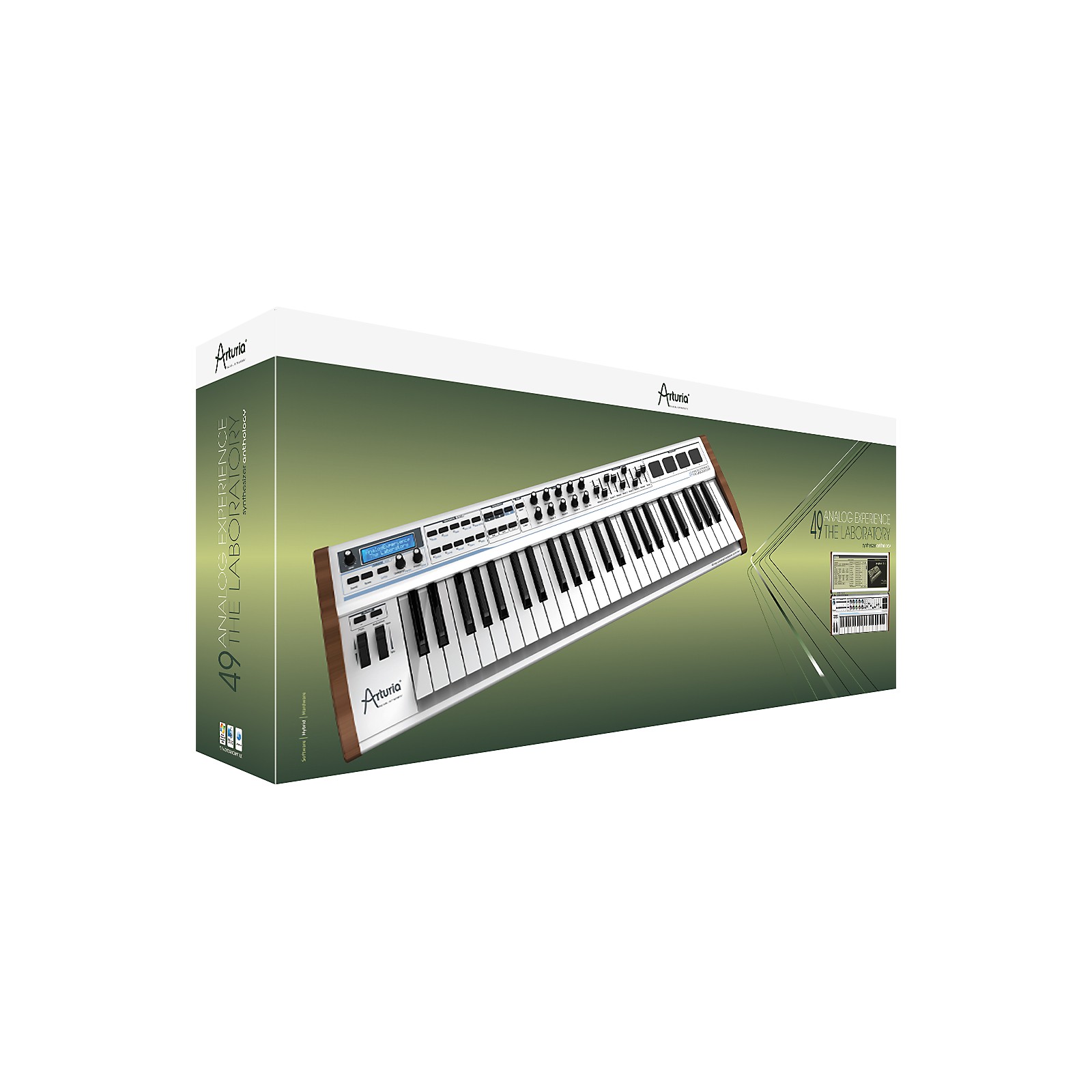
- #Arturia analog lab worth it how to
- #Arturia analog lab worth it install
- #Arturia analog lab worth it mod
- #Arturia analog lab worth it update
To that end Vocoder V is a voice analyser, synth and sampler all in one. Vocoder V is Arturia’s new Moog-inspired 16-band vocoder and it aims not only to capture the beauty of this classic effect but also to make the process of using it as rewarding as possible.
#Arturia analog lab worth it how to
Software vocoders can be frustratingly disappointing and confusion surrounding how to implement the carrier and modulator signals is often partly to blame. Source: Choose from a voice input or internal sample playback to act as vocoder modulator signal.
#Arturia analog lab worth it update
Finally, it’s worth noting that one aspect has been removed from this update and that is the keyboard split option. This two-layer design provides both note and modulation sequencers and is great for creating specific note patterns or finessing evolving textures. However, our favourite enhancement is the integrated Sequencer.
#Arturia analog lab worth it mod
Throw in two additional complex LFOs, three effects and extensive keyboard response assignments using Velocity, Aftertouch, Mod Wheel and Keyboard Tracking and Jup-8 V4 can easily take you to new tonal pastures. This includes more authentic filter emulations, as well as core engine enhancements such as Unison Detune and adjustable Voice Dispersion.

Based on the Jupiter-8, this long-running Arturia instrument has been rebuilt from the ground up with a brand new sound engine. It’s an excellent emulation that really captures the essence of the original.Īlso new in V Collection 8 is Jup-8 V4.

It also has plenty of contemporary presets including the rave-ready Dark Triad, ethereal Voix Uno and arpeggiator based Dub Sensation. Chorus Noise adds audio hiss when the chorus is in use.Īs you might expect, Jun-6 V delivers solid basses (Velo Bass and Under The Basement) and pads of various timbres (Poly Unison Pad is a particular favourite).

The three options (good, average and poor) let you choose how much analogue drift is emulated. Voice Calibration emulates the subtle variations that can exist from voice to voice on a hardware Juno. This opens a floating window with a variety of handy voicing presets (octave, fifth, suspended and so on).įinally, for analogue completeness, there are two further features. If you like to use chord memories, Jun-6 V’s is accessed via the Chord Select button. The LFO has six waveforms including sample-and-hold and both envelope and LFO have two assignable destinations with many parameter options. The second envelope and LFO are both far more flexible than the original ones. There are of course further presets (around 180 in total) and many of these take advantage of options not found on the original hardware.Įnhanced parameters are accessed via the Advanced panel and here you’ll find a second ADSR envelope, a second LFO, Delay and Reverb effects, and flexible mod wheel, velocity and aftertouch assignments. Jun-6V does an excellent emulation job and a quick look at the presets reveals a bunch of numbered patches to match the original Juno-60 sound set. Admittedly, the toy-like colour scheme and slider controls may not be to everyone’s taste, but the sound is killer. Based on Roland’s ever-popular Juno-6 and Juno-60, these are synths whose simple architecture make them easy to program. Without question, V Collection 8’s hottest addition is Jun-6 V. The Jun-6 V is based on Roland’s Juno-6 and Juno-60, easy to program, and is undeniably awesome.

Additional multiple target parameters can be added and the existing routings removed if you wish, and a handy multipoint curve lets you specify precisely how the macro behaves within its high and low limits. Macro provides access to settings for the four pre-assigned Macro controls.Īs mentioned, these are standardised across all instruments, but the parameters controlled vary considerably and this is where you can edit them. If you’re using an Arturia controller it’s also where you can specify which one. The MIDI tab accesses MIDI CC mapping and incorporates parameter ranges as well as save and recall of specific mapping configurations. This panel has four tabs – Settings, MIDI, Macro and Tutorial. The Macro controls provide standardised broad brush editing across all instruments (Brightness, Timbre, Time and Movement), although note that the parameters they control vary.Īll instruments now have a foldout side panel, which is accessed on the right-hand side using the gear icon. The refresh brings with it a new preset browser, streamlined in-app tutorials, and four Macro knobs in the bottom right of the plugin window.
#Arturia analog lab worth it install
And whether you’re a new purchaser or existing user, Arturia’s Software Centre app handles the download, install and authorisation process. To coincide with the release, all instruments have received a refresh. The CMI V replicates the Fairlight CMI digital sampler.


 0 kommentar(er)
0 kommentar(er)
